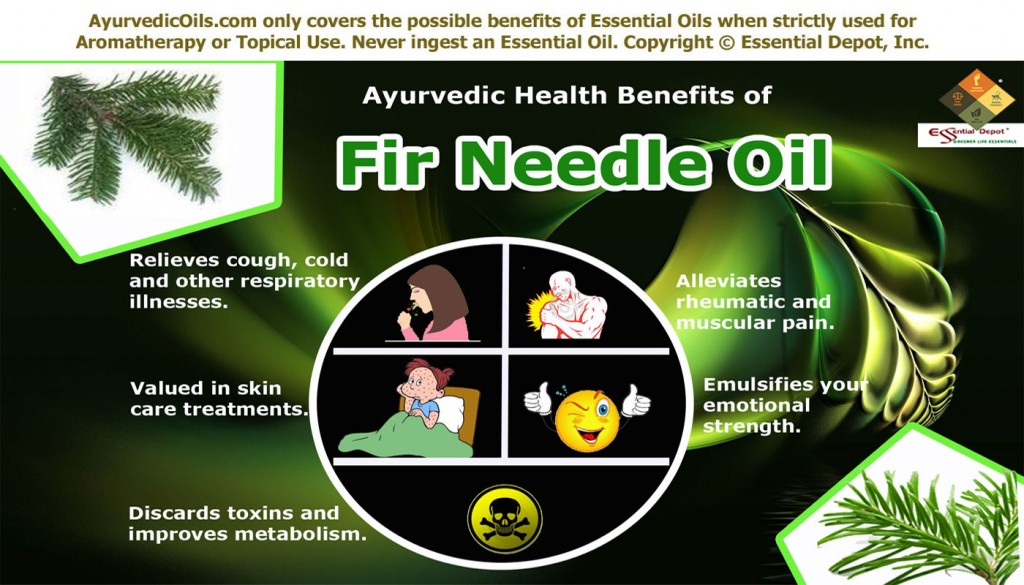Fennel
Purchase Fennel Seed Oil – Wholesale – CLICK HERE

Latin Name: foeniculum vulgare
Alternative Name: fenkel, sweet fennel, wild fennel
Forms Available: essential oil, ground, whole, leaf, root, seed
Fennel – Foeniculum vulgar – Sacred to the God. This biennial or perennial herb has finely cut feathery foliage, umbels of midsummer flowers, curved, ribbed seeds and a thick root, all with a fresh anise seed flavor. The seeds are chewed to allay hunger and ease indigestion. They are brewed for constipation, to increase breast milk and regulate menstruation; with root extract, they are detoxifying and diuretic. Research indicates Fennel helps repair the liver after alcohol damage. Seed and leaf steam aids deep skin cleansing, and the essential oil is used in a muscle-toning massage. Fennel oil should not be used by epileptics or young children.
To help with indigestion and gas, pour boiling water over crushed fennel seeds -one teaspoon seed to a pint of water. The seeds are simmered in syrups for coughs, shortness of breath and wheezing. Powdered fennel seeds repel fleas from pets’ sleeping quarters. Place fennel inside a fish when you cook it to make it more digestible. The seeds and root help clean the liver, spleen, gall bladder, and blood. The leaves and seeds when boiled with barley increase breast milk. The tea and broth of this herb are said to help in weight loss programs. Fennel is eaten in salads, soups, and breads. Fennel oil mixed with honey can be taken for coughs, and the tea is used as a gargle. The oil is eaten with honey to allay gas and it is applied externally to rheumatic swellings. The seeds are boiled to make an eye wash: use one half teaspoon of seed per cup of water, three times a day, and be sure to strain carefully before use.
Aromatherapy & Health Uses: Bruises; Dull, Oily, Mature Complexions; Cellulitis; Obesity; Edema; Rheumatism; Asthma; Bronchitis; Anorexia; Colic; Constipation; Dyspepsia; Flatulence; Hiccoughs; Nausea; Menopausal Problems; Insufficient Milk in Nursing Mothers.
Other Uses: Hang over doors with St. John’s Wort at Litha to repel evil spirits. Carry fennel to influence others to trust your words. Use for: Protection; Healing; Health; Purification.
[Purchase Fennel Based Products]
–
[Essential Depot]













